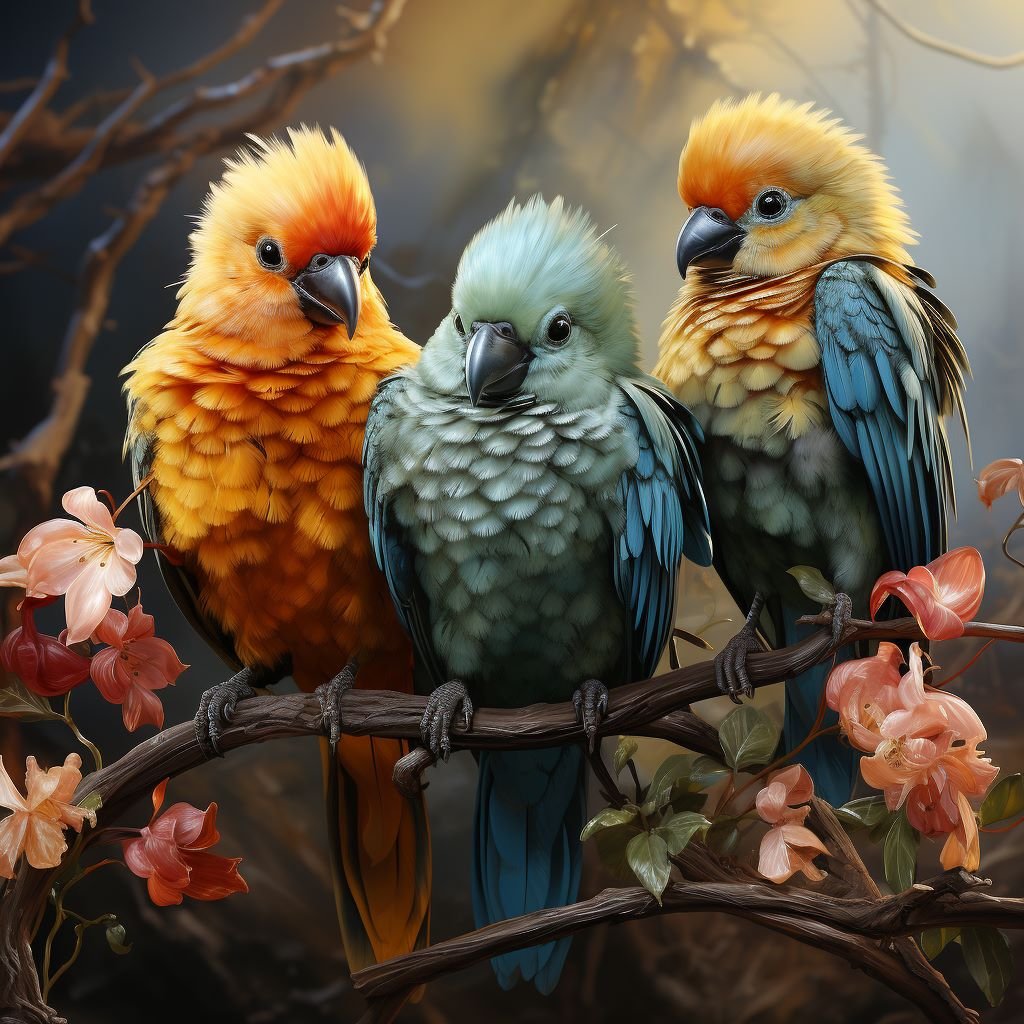Birds, those enchanting creatures that grace our skies with their vibrant plumage and melodic songs, have held a significant place in our world since time immemorial.
From the earliest days of Earth’s history to the present moment, these feathered wonders have woven themselves into the very fabric of our ecosystems. Their influence is not only mesmerizing but also vital for maintaining the delicate balance of nature. In this exploration, we delve into the captivating history of birds, their essential role in ecosystems, intriguing facts about them, and even find a chuckle or two along the way.
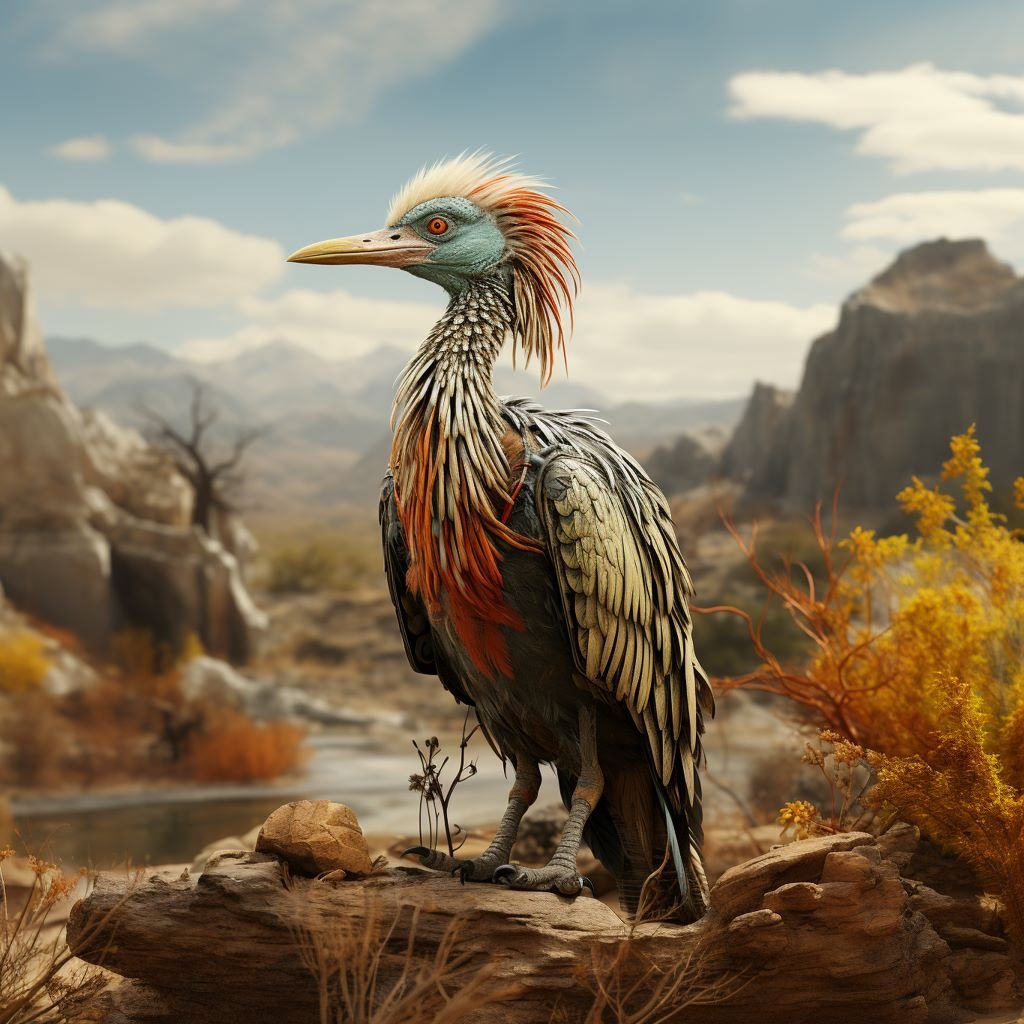
A Glimpse into the Past: Birds through the Ages.
Birds have been a part of our planet for over 150 million years, evolving from their dinosaur ancestors during the late Jurassic period. Their journey through history has seen them adapt to diverse habitats, taking on a variety of forms and behaviors that suit their ecological niches. Over time, birds spread their wings across continents and ecosystems, shaping the evolution of plants and animals they interacted with.
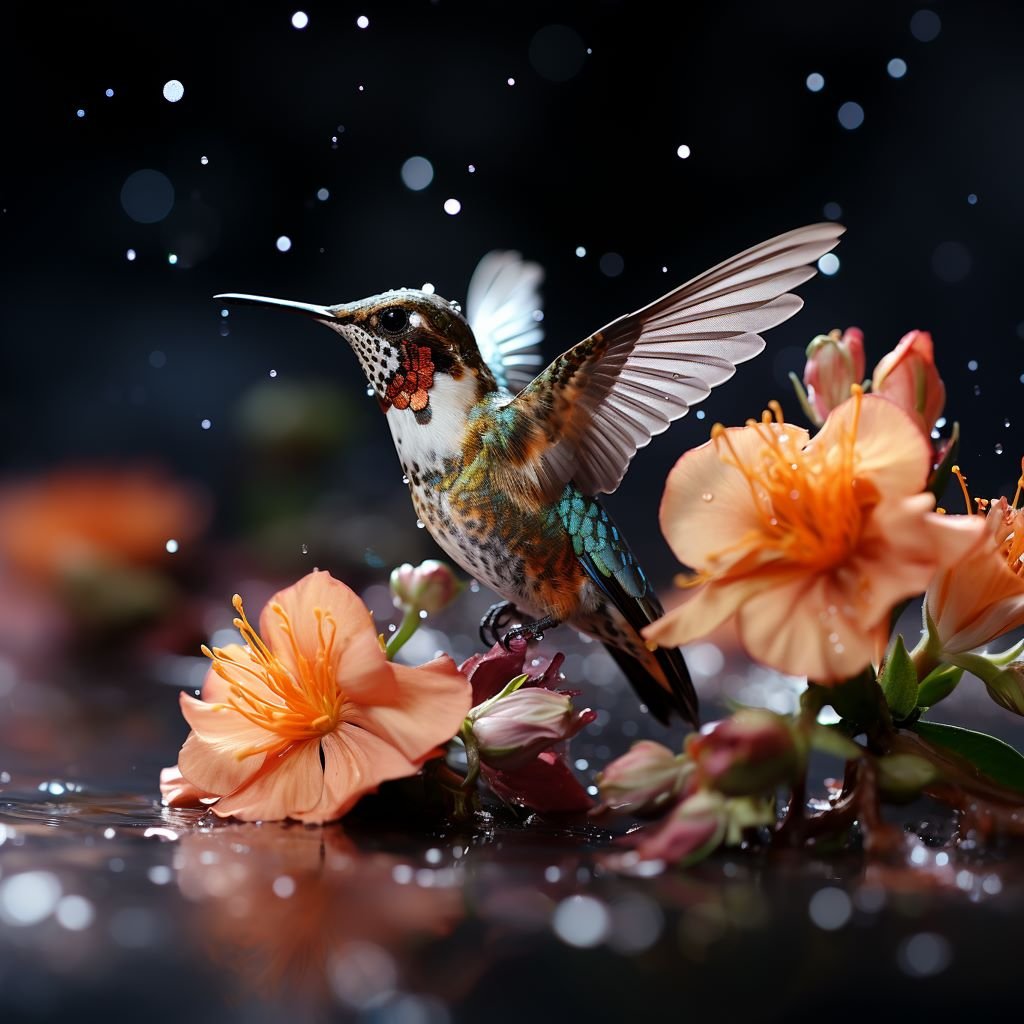
The Crucial Role of Birds in Ecosystems.
Linking Ecosystems: The Pollinator Pioneers.
Birds, equipped with their brilliant plumage and ability to traverse great distances, became early pollinators for many flowering plants. The mutual relationship between birds and these plants helped both species thrive, contributing to the biodiversity we cherish today. Hummingbirds, with their slender bills and rapid flight, are masterful pollinators, ensuring the survival of plants in their habitats.
Seeding the Future: Avian Seed Dispersal.
Nature’s gardeners, birds are also responsible for the dispersal of countless plant seeds. As they consume fruits, these seeds pass through their digestive tracts and are scattered far and wide, aiding in the growth of new vegetation. In tropical rainforests, toucans play a pivotal role in this process, allowing a symphony of plant life to flourish.
Balancing Act: Pest Control Extraordinaire.
Birds such as swallows, swifts, and flycatchers are nature’s pest control experts, feasting on insects that threaten crops and forests. These feathered allies help maintain ecosystem balance without resorting to harmful pesticides, fostering a harmonious coexistence between humans and nature.
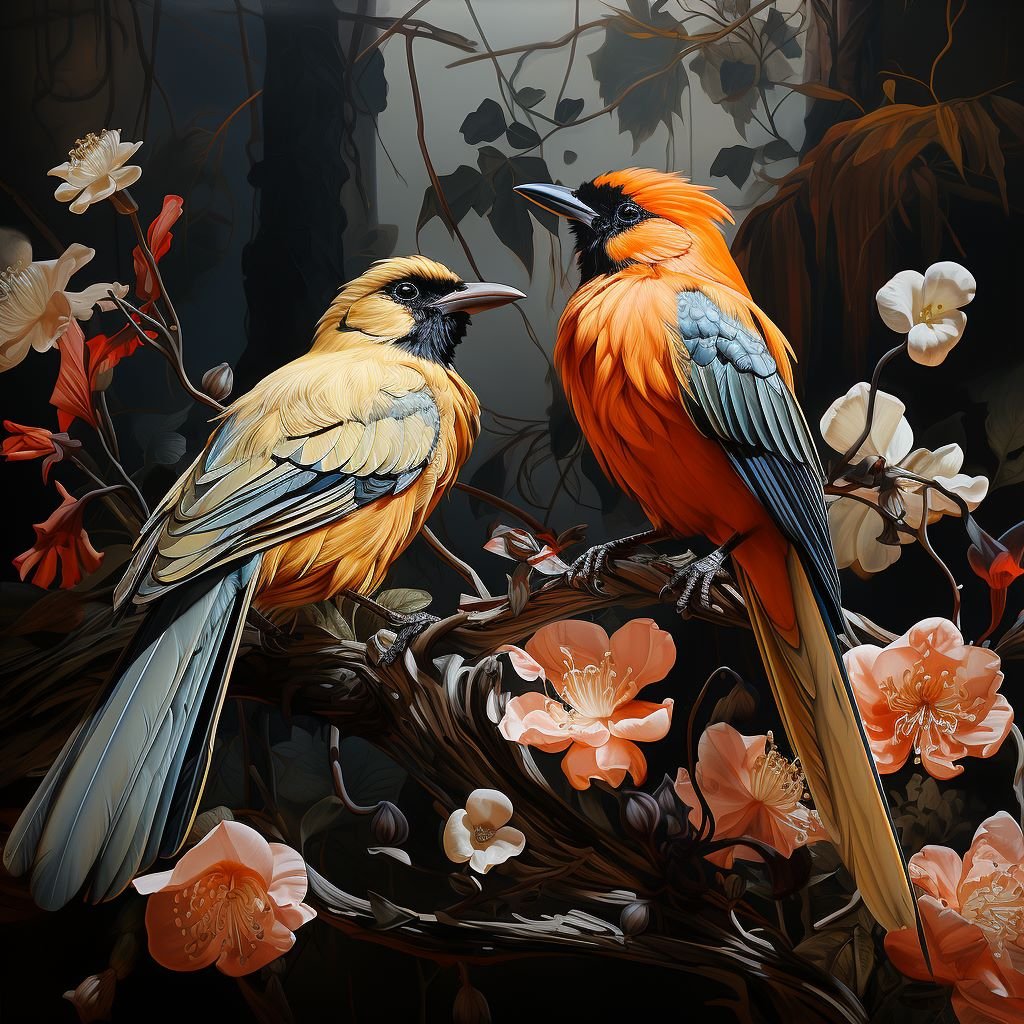
Fascinating Facts and Quirky Feathers.
Avian Architects: Nests and Nooks.
Birds exhibit remarkable diversity not only in their appearances but also in their nesting behaviors. From the intricate, hanging nests of weaverbirds to the cozy burrows of puffins, these avian architects craft homes that suit their unique lifestyles and environments.
Courtship and Song: Love in the Air.
The mesmerizing melodies of songbirds aren’t just pleasing to our ears; they play a crucial role in courtship and territory establishment. The haunting call of the common loon echoing across a serene lake or the joyful chorus of a dawn chorus in a forest can reveal the presence and vitality of a habitat.
Birds of Paradise: Nature’s Masterpieces.
The avian world boasts stunning visual spectacles, none more so than the extravagant plumage and intricate courtship displays of birds of paradise. These fascinating creatures from Papua New Guinea showcase nature’s boundless creativity in its quest for survival and reproduction.
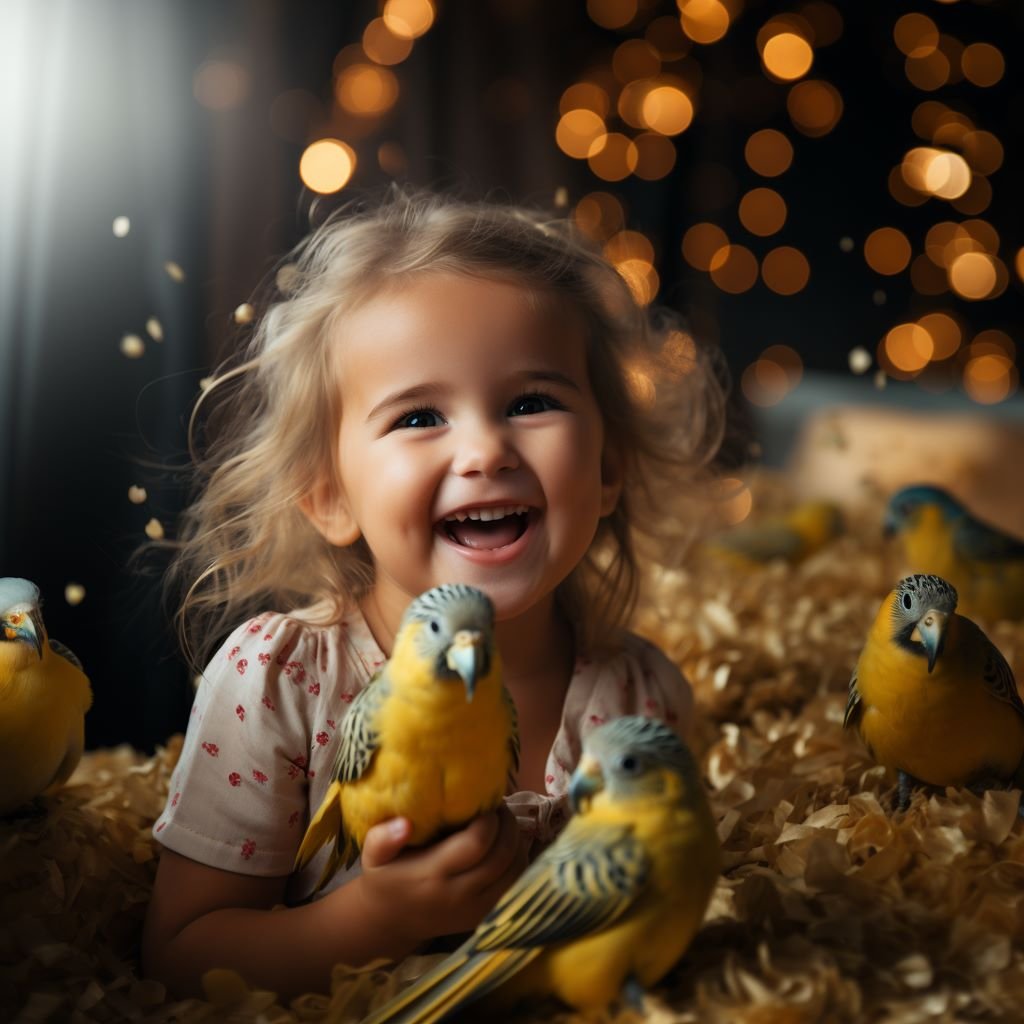
Feathered Friends as Companions.
Choosing a Feathered Friend: Birds as Pets.
While many species of birds thrive best in their natural habitats, some are suitable for life as cherished companions. Budgerigars, affectionately known as budgies, are popular pet birds due to their playful nature and ability to mimic human speech. Cockatiels, with their distinctive crests and social personalities, are also popular choices for bird enthusiasts seeking a feathered friend.
Comical Avian Antics: Birds in Entertainment.
Beyond their ecological roles, birds have an uncanny ability to bring smiles to our faces. From the awkward but endearing waddle of penguins to the sly antics of ravens, their behaviors often mirror our own, reminding us that we are not alone in the grand tapestry of life.
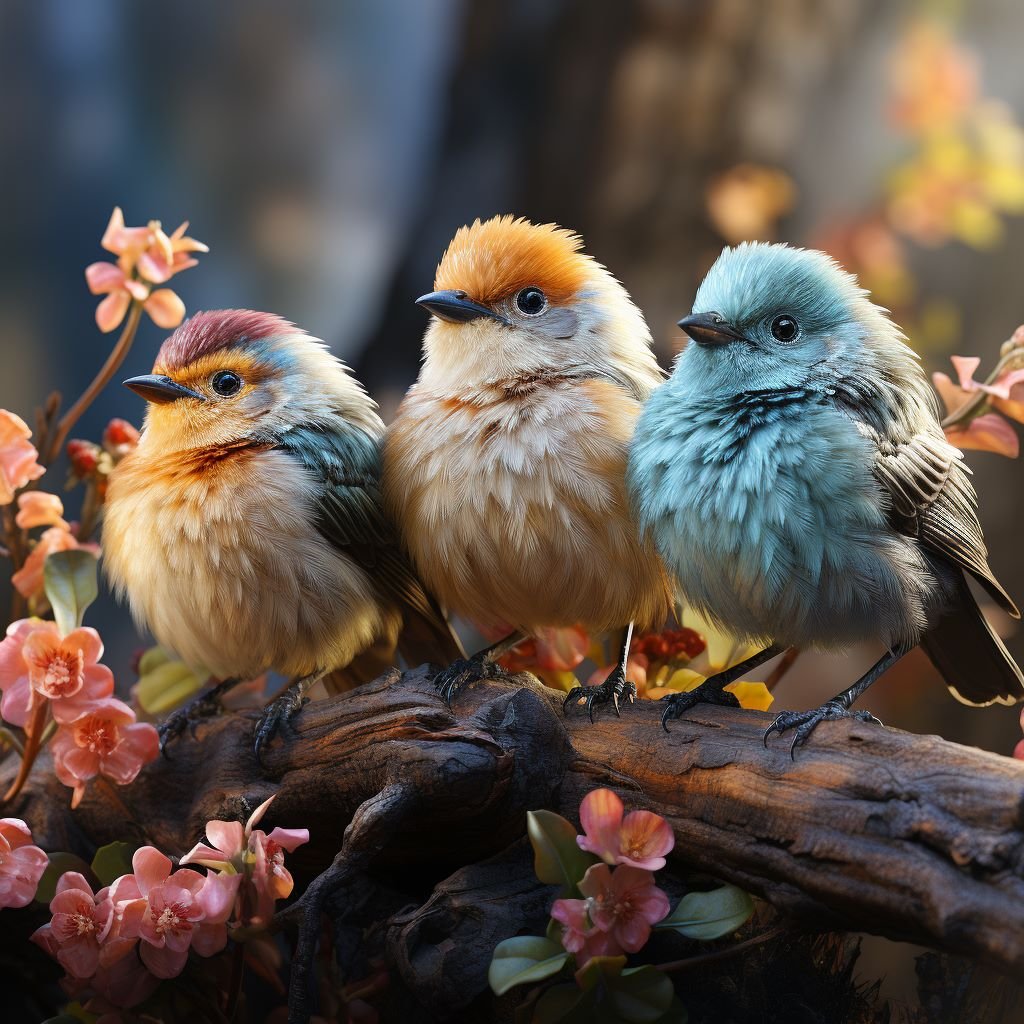
Conclusion: A Symphony of Nature’s Harmony.
As we peer through the annals of history and observe the marvels of the avian world today, it becomes evident that birds are not just transient visitors to our ecosystems. They are active participants, key players in the grand symphony of nature’s harmony. From pollination to pest control, their influence ripples across landscapes, leaving an indelible mark on the delicate web of life.
As stewards of our environment, it is our responsibility to protect and preserve these winged wonders, ensuring that generations to come can continue to marvel at the boundless beauty and importance of birds in our ecosystems.
So, the next time you gaze skyward and hear the chorus of a feathered orchestra, remember that each note is a testament to the intricate dance of life that birds have been performing for eons.

